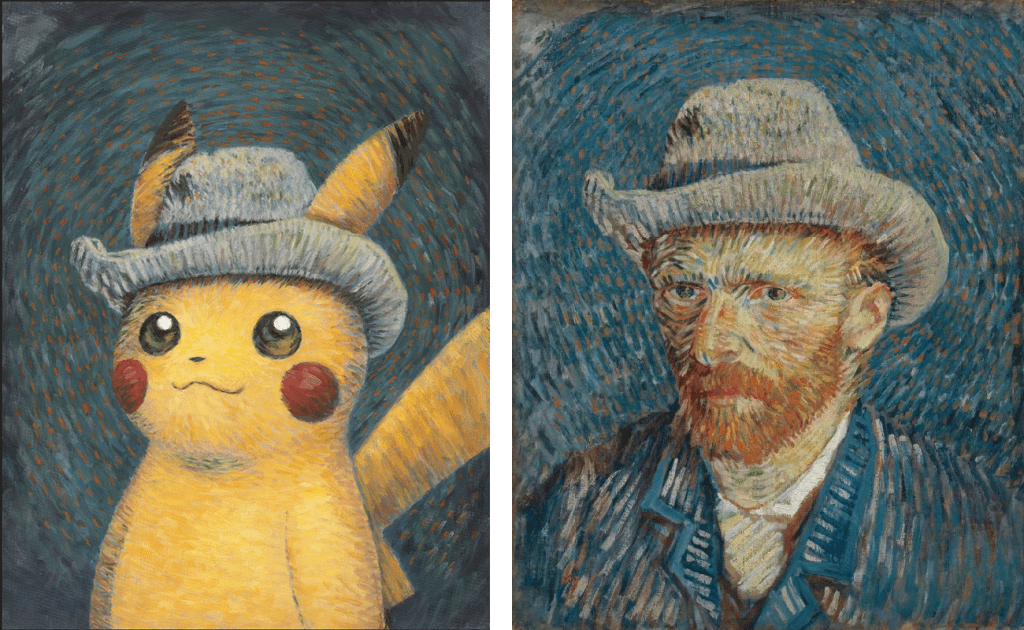Archaeological Remains Revealed Due to Severe Drought in Spain
A severe drought in 2019 revealed previously flooded archaeological sites among the Valdecañas reservoirs in Spain’s Cáceres province, reported El Pais. Experts excavated 93% of the area.
Between 2019 and 2023, national and regional authorities raced to preserve and study the archaeological remains before they were looted or again lost to rising water levels. The site previously flooded in 1957 and has not been accessible since then.
According to a report from the country’s Ministry of Culture, archaeologists found quite the hoard: a megalithic dolmen; the complete cartography of the Roman city Augustobriga; three stone boars made by the Vettones, a pre-Roman people; Chalcolithic burial sites; Roman altars; Medieval coins; and board games.
In September 2019, the Institute of Cultural Heritage of Spain (IPCE) received notice about the emersion of the Guadalperal dolmen megalithic complex. The 140 granite slabs comprising the structure form a burial chamber 16 feet in diameter and a corridor nearly 33 feet long and 5 feet wide. The structure is flanked by quartzite boulders that form a circular ring. In 2021, more than 100 archaeological objects were collected, dating between the fifth and third millenniums BCE. The site is believed to be a rural Roman settlement that specialized in olive oil production.
At the late Medieval convent Alazra, experts identified a coin minted during the reign of Alfonso X (1252-1284), as well as remaining walls erected before the monastery.
Two decorated Roman stelae and an alquerque board game were also found in the nearby area El Roncadero.
In 2021, a detailed analysis of the urban planning of Augustobriga was conducted via intensive archaeological prospection and three-dimensional photogrammetry with drones. Using this technology, experts were able to create a detailed plan of the ancient city and find previously unknown artifacts such as an ashlar cut and dressed stone with a fascinum or divine phallus carved on a seat within the baths. A 2021–22 study confirmed the city was more than 54 acres, with a wall, a forum, and public baths. They also had an aqueduct, sewers, and large areas with housing structures. Outside of the city limits were burial sites, among other structures.
On the walls of the Santos Mártires church was a funerary epigraph in Latin, which translates to “Marco Villius, son of Marco, of the Papiria tribe, emeritense [a native of Mérida], here lies.”
Along the reservoir banks in the castle of Alija, the team discovered two stone boars made by the Vettones.
Another pre-Roman sculpture of a pair of boars was found nearby. Measuring at 48 inches long and 26 inches wide, with a weight of 1,477 pounds, it is the first known sculpture of its kind with a female boar.
A partially looted slab tomb was also identified in the area, with a number of human remains.
“It was a doubly enriching process. On the one hand, the intrinsic value of a joint strategy to safeguard a heritage that had been under water. On the other, the interpretation resulting from four years of collaboration between this department and the agents, institutions, and actors of various administrations, united under the objective of preserving in the best possible conditions an archaeological heritage that belongs to all,” said Isaac Sastre de Diego, general director of the Ministry’s Heritage, Culture and Fine Arts department.
Most of the finds were sent to the Museum of Cáceres, where they will be exhibited.



